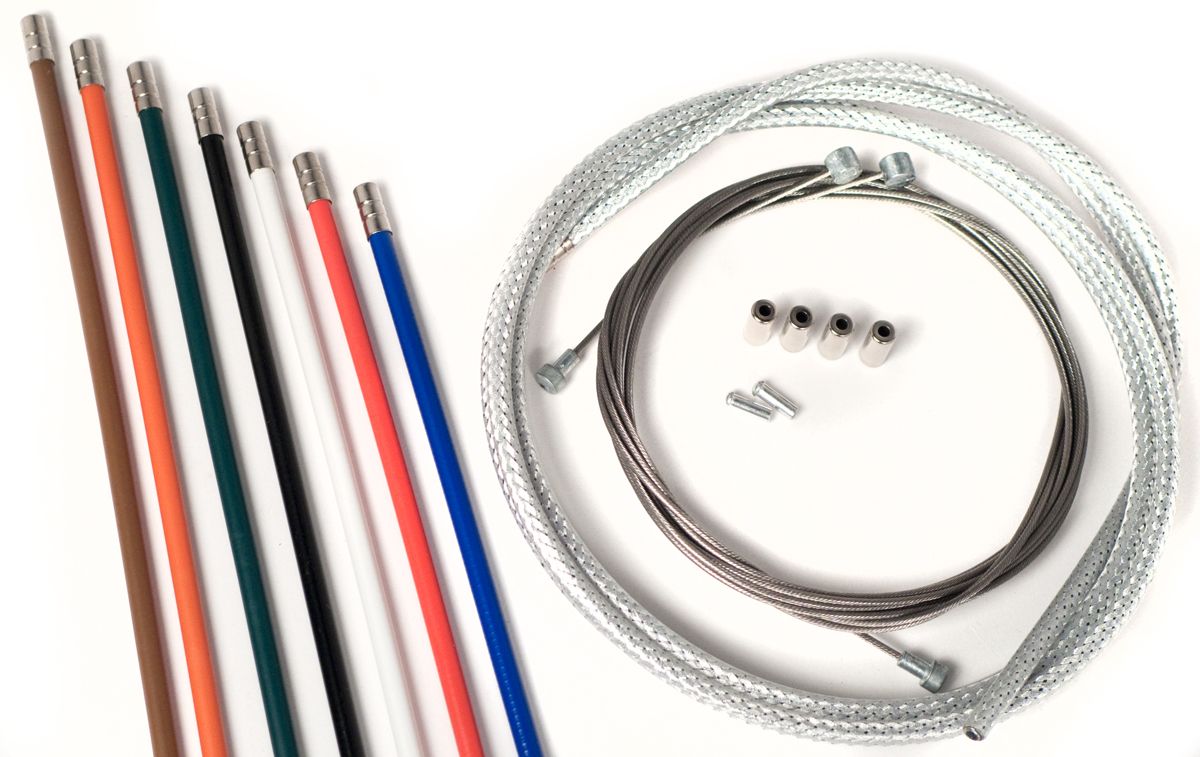New cable fence stops out-of-control SUV
A new cable barrier near Valley of the Rogue State Park stopped an out-of-control SUV from crossing over into oncoming traffic in I-5 northbound lanes.
The cable barrier is similar in appearance to a fence stretching down the grassy median between north and southbound lanes. The collision knocked down a row of metal posts, but the cable wires strung along the median remain up at the crash site.
Over the summer, the Oregon Department of Transportation installed the system of metal poles and cables on two curving sections of I-5 near Valley of the Rogue State Park.
This month, the cable barrier captured a southbound Nissan Pathfinder that crossed into the median near Exit 43 and was headed for northbound lanes, said ODOT Spokesman Gary Leaming.
"The cable barrier is so we don't have those horrific crossover collisions," Leaming said.
The cables act like giant steel rubber bands, absorbing energy and deflecting vehicles from crossing into oncoming traffic, he said.
After crashing into the barrier, the driver was able to leave the scene in his vehicle, but left behind a license plate.
"It was his calling card for law enforcement to pay him a visit," Leaming said, noting the driver didn't report the accident.
The driver was cited for hit-and-run by Oregon State Police. ODOT will be billing the driver's insurance company about $9,000 to repair the cable barrier, Leaming said.
"If a driver hits state property like a guard rail, barrier or bridge, we try to recover those costs. Otherwise, it's not fair to taxpayers, and it also comes out of our budget and prevents us from doing other important work," Leaming said.
The cable barrier will be repaired soon, he said.
It was built as part of a $6.2 million I-5 paving project, according to ODOT.
Leaming said cable barriers are less expensive than traditional concrete barriers.
Cable barriers cost $15 per square foot compared to $80 per square foot for concrete barriers, he said.
The cable barriers have more give than concrete and may be safer for drivers who lose control, Leaming said.
"If you hit a concrete barrier, it's like hitting a brick wall," he said.
Compared to no median barriers, states that have installed cable barriers report a decrease in median-crossing crash fatalities of 90 percent or more, according to the Washington Department of Transportation.
Out-of-control vehicles heading into oncoming lanes can prove deadly.
ODOT is expediting the installation of cable barriers in the Salem area after two fatal crashes in September and October involving collisions between oncoming traffic and out-of-control vehicles that crossed medians.
Among the three people killed was Oregon State Hospital psychiatrist Steven Fritz, husband of Portland City Commissioner Amanda Fritz. Fritz and his passenger both died after being hit by an oncoming pickup truck that vaulted an earthen berm and crossed into their I-5 lane, The Oregonian reported.
According to ODOT, cable barriers can reduce the number of crossover crashes, but can't prevent all such crashes.
The cables don't stop vehicles, but are designed to keep most from crossing into oncoming traffic. Low vehicles can slip under the cables, and large SUVs and semi trailers can crash through the barriers, according to ODOT.
Leaming said concrete barriers can't always stop semi trailers, either, depending on the angle and speed that a truck strikes a barrier. Most concrete barriers are pinned in place, while some are poured in place to make them even stronger, he said.
